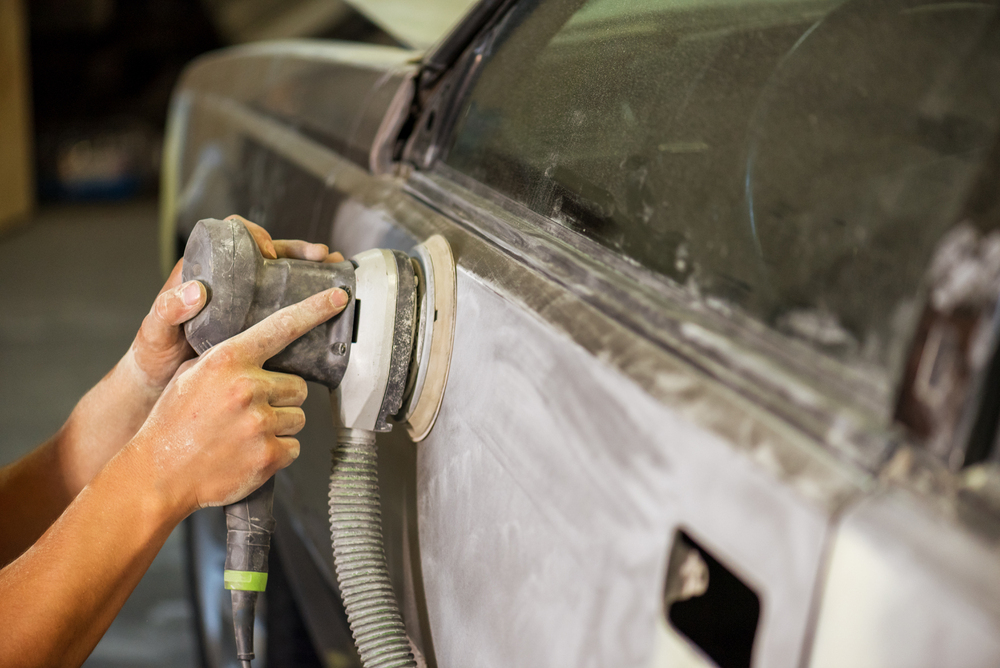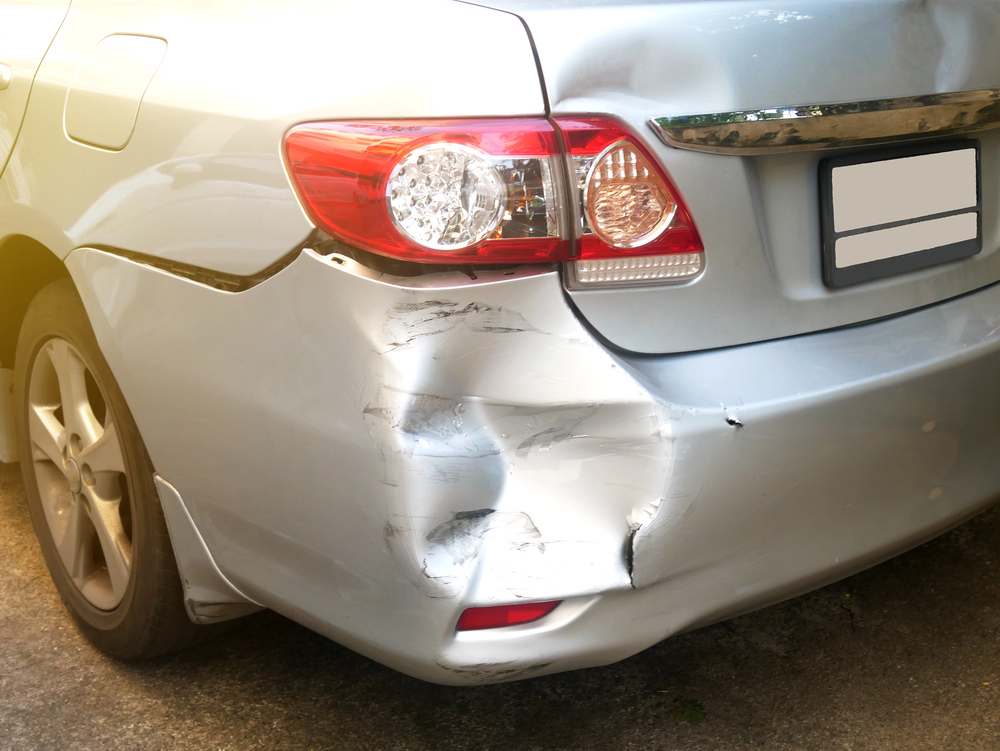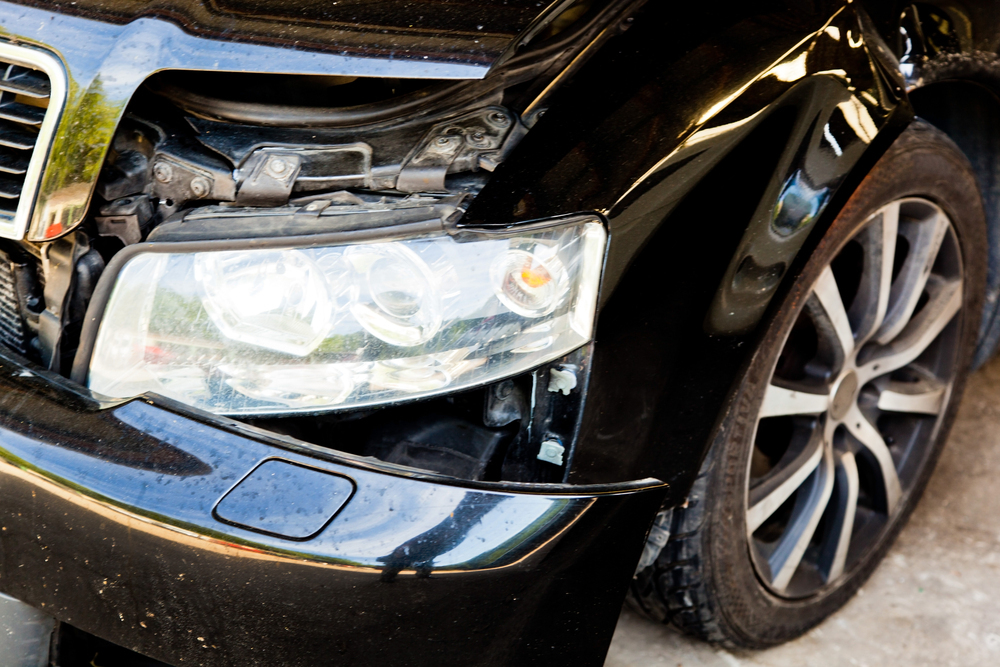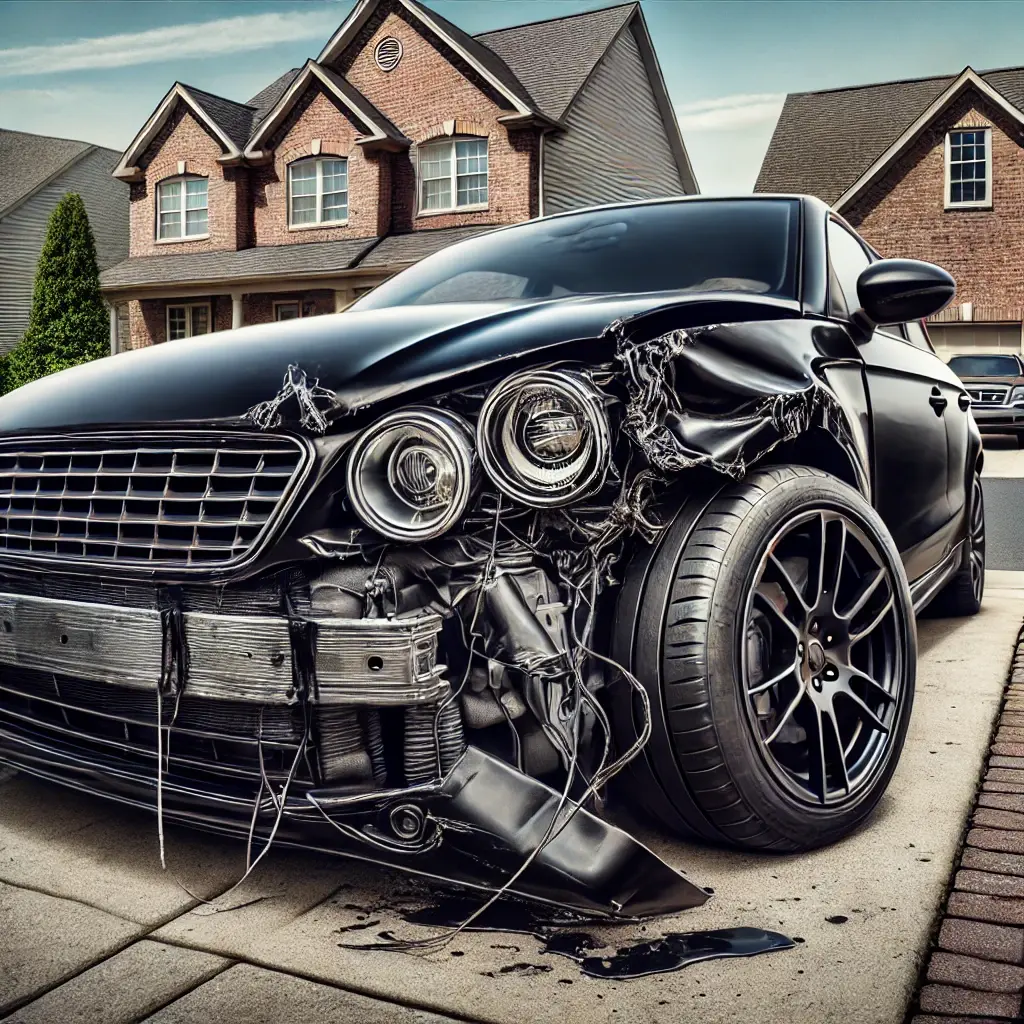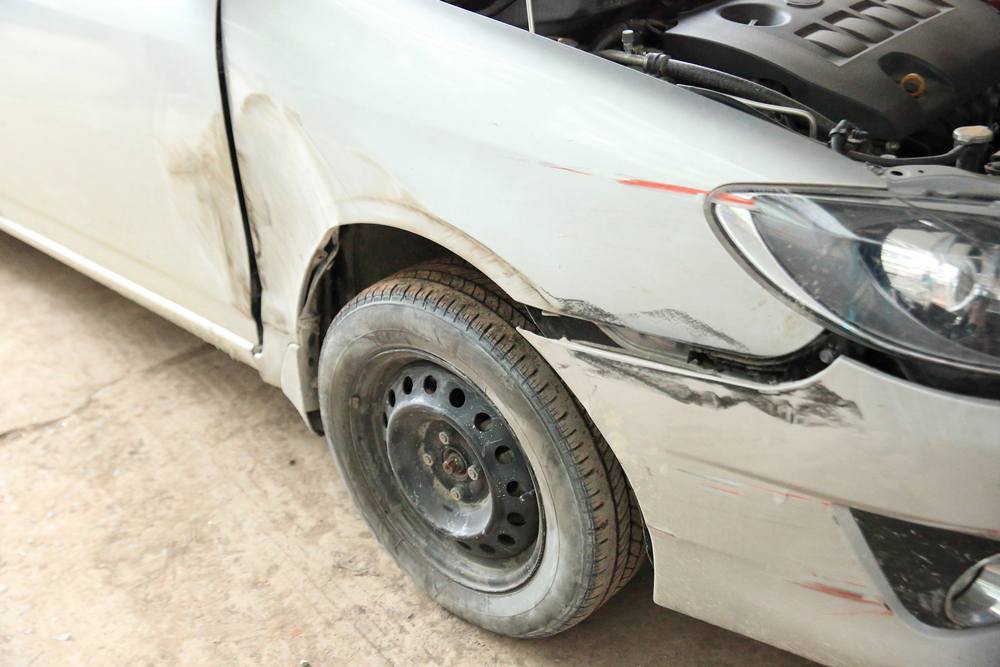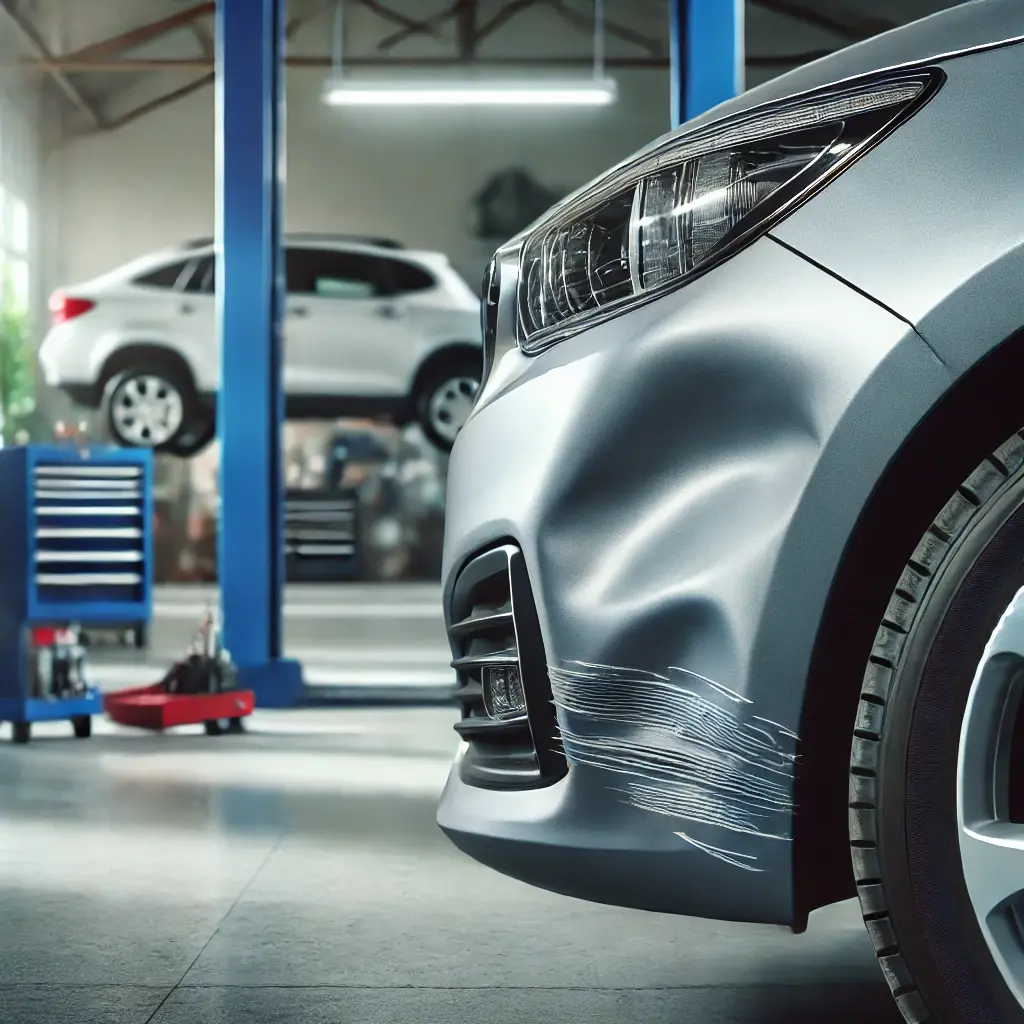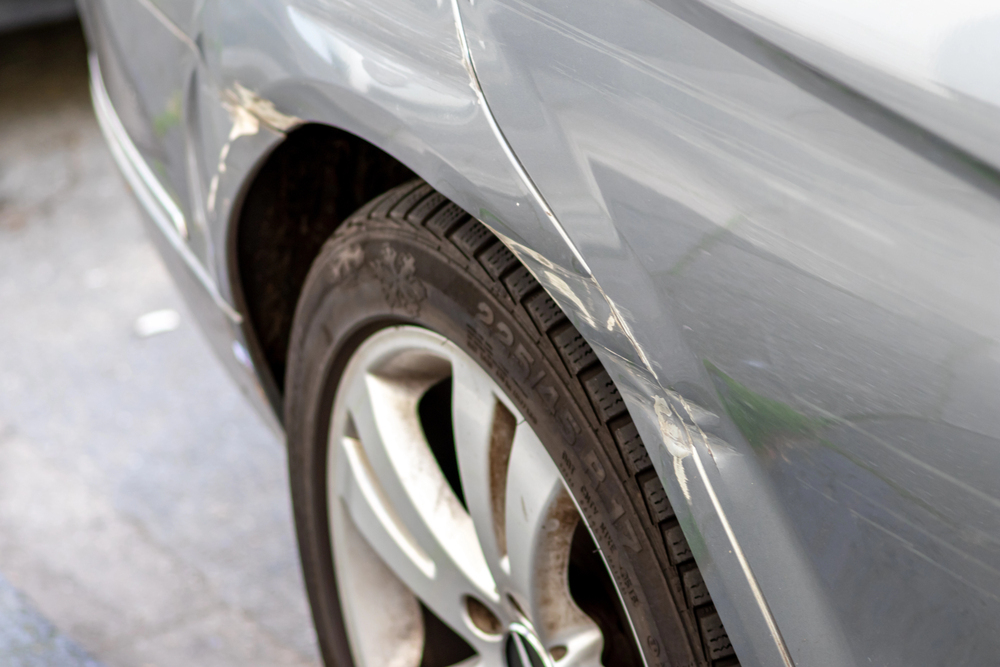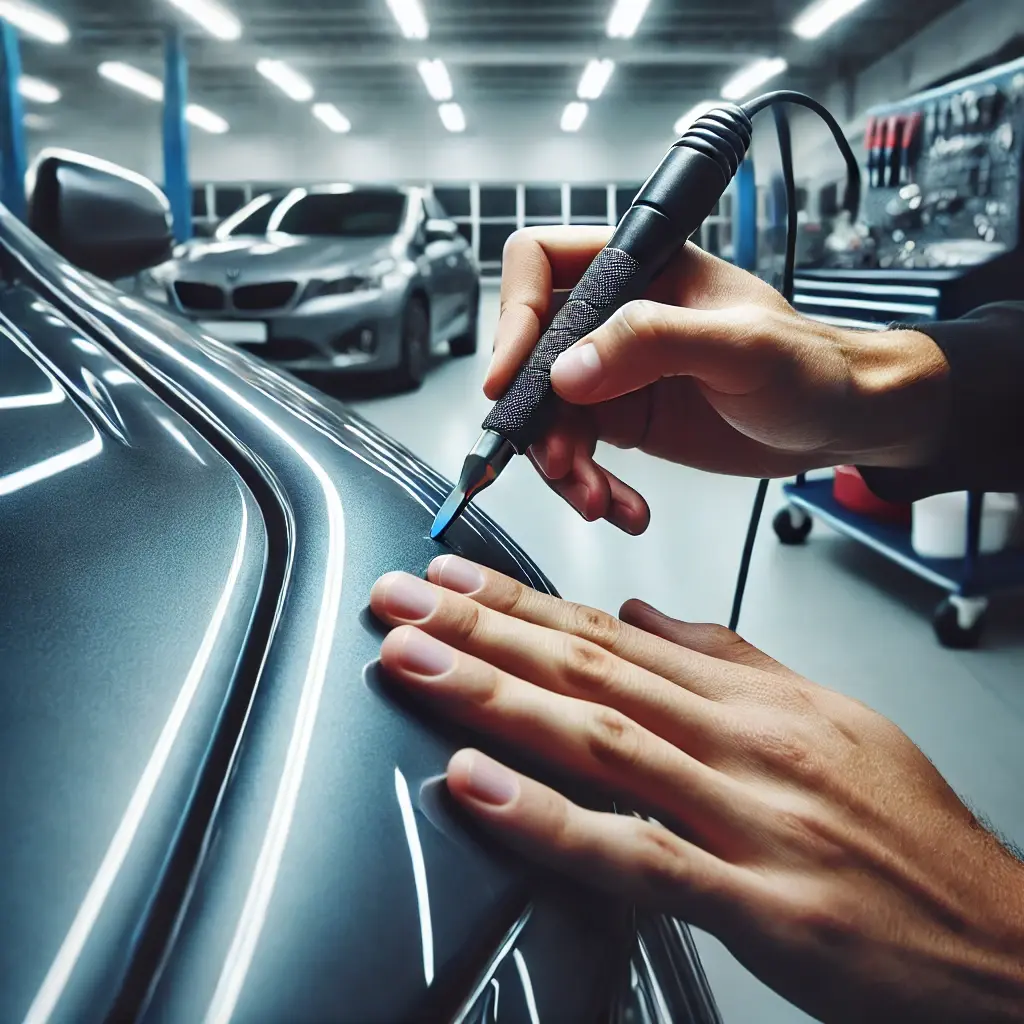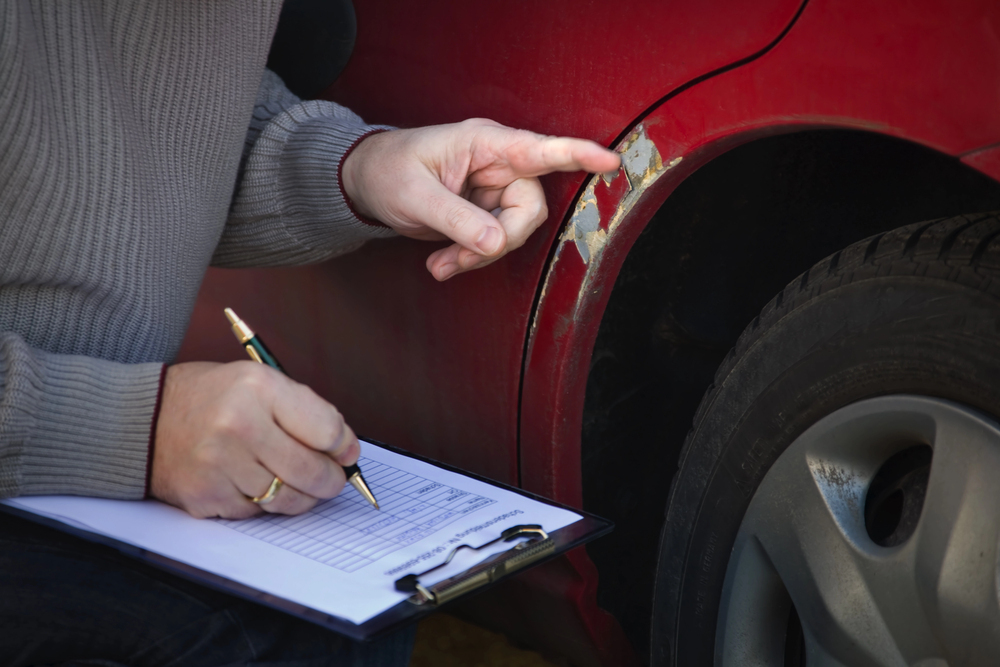When you’ve been in an accident, the repair process is about more than just restoring your car’s appearance—it’s about ensuring your vehicle’s safety, functionality, and long-term value. That is why you want to prioritize taking your car somewhere reputable, staffed with experienced technicians who can help. Going to a less qualified shop, particularly one that promises you or your insurance company cheaper repairs, can lead to costly consequences down the road. With that in mind, let’s talk about why choosing the right collision repair shop in Mt. Ephraim, NJ matters.
Key Takeaways
- Proper repairs prevent recurring issues like rust and misaligned frames, saving you time and money.
- High-quality repairs maintain resale value by avoiding mismatched paint and restoring components to factory standards.
- Reputable shops handle insurers, ensure proper coverage, and provide accurate repair documentation.
- Proper repairs ensure structural integrity, functional ADAS, and reliable airbag deployment.
- Shops offering warranties show confidence in their work and protect you from future repair costs.
High-Quality Repairs Prevent Recurring Problems
Collision repair isn’t just about making a car look good; it’s about restoring the vehicle to its original condition. Plus, good repairs mean better longevity. When repairs are poorly done, issues such as misaligned panels, improper sealing, or substandard materials can cause further problems. For instance, if the auto body is improperly sealed after a repair, moisture may infiltrate the internal structure, leading to rust.
Another example is frame misalignment that goes unnoticed. State-of-the-art facilities have the technology to see even the faintest misalignment so it can be corrected. If the car’s frame isn’t repaired correctly, it can result in uneven tire wear, poor handling, and increased wear on suspension components.
Shops that invest in skilled technicians, advanced equipment, and high-quality materials are more likely to address these issues thoroughly. Choosing such a shop ensures you won’t have to revisit for recurring problems, saving you both time and money in the long run.
Preserving the Value of Your Vehicle
The resale value of your vehicle is directly tied to its condition. Poor-quality repairs can leave telltale signs that reduce its worth:
- Mismatched Paint: Low-quality shops often use generic paint that doesn’t match the factory finish. This can make your car look patched together, which is a red flag to buyers or dealerships.
- Visible Damage Remnants: Poorly repaired dents or uneven panels can signal to potential buyers that the car has been in an accident and may have underlying issues.
- Compromised Components: If internal parts such as the frame, suspension, or electronics aren’t restored to factory standards, the car’s value can drop significantly.
High-quality repairs that use factory-grade materials and follow manufacturer guidelines help maintain your car’s value, ensuring that you get the best price when it’s time to sell or trade in.
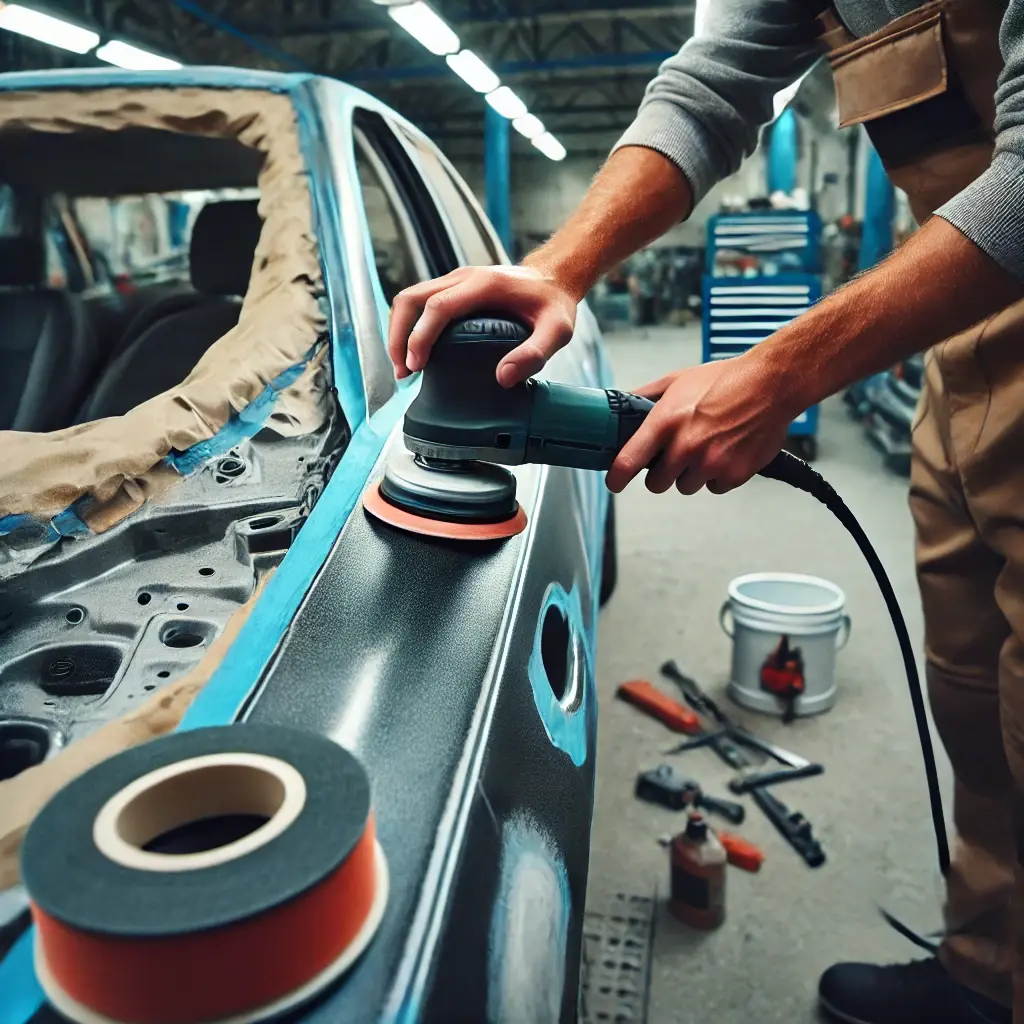
Insurance Claims Done Right
Working with a reputable collision repair shop in Mt. Ephraim, NJ can make the insurance claims process far less daunting. Here is how a quality repair shop can help:
- Working Directly with Insurers: Experienced shops handle the back-and-forth with your insurance company, ensuring that all repairs necessary for safety and functionality are covered.
- Avoiding Shortcuts: Insurance companies may pressure repair shops to cut costs, potentially compromising the quality of the repairs. A good repair shop will advocate for you and ensure your vehicle is repaired properly, even if it means challenging the insurer’s initial estimate.
- Providing Accurate Documentation: Proper documentation of the damage and repairs is essential for claims and resale. Professional repair shops know how to provide this paperwork in a way that satisfies insurers and protects you.
Collision Repair Shops Put Safety First
After a collision, your vehicle’s safety is paramount. A proper repair involves more than just fixing visible damage—it requires addressing hidden issues that could affect your car’s ability to protect you in the event of another accident. Here’s what’s at stake:
- Structural Integrity: Modern vehicles are designed with crumple zones and frames that distribute impact energy. If the frame isn’t repaired correctly, it can weaken these protective features, putting you and your passengers at greater risk.
- Advanced Driver Assistance Systems (ADAS): Many modern cars are equipped with features like lane assist, adaptive cruise control, and automatic braking. These systems rely on precisely calibrated sensors and cameras. If repairs don’t account for this technology, these safety features may not function properly.
- Airbag Functionality: Damage to the bumper or frame can interfere with airbag sensors. If these sensors aren’t repaired or replaced correctly, the airbags may fail to deploy during a crash.
A qualified repair shop will perform a thorough post-repair inspection to ensure all safety features are working as intended, protecting you and your loved ones.
Warranties and Accountability
One of the clearest signs of a repair shop’s confidence in its work is its warranty policy. High-quality shops stand behind their repairs, offering warranties that provide peace of mind. Why is this so important? Warranties protect you against future issues. If a repair fails or a related issue arises, a warranty ensures you won’t have to pay for additional fixes. Furthermore, a warranty signals that the shop takes responsibility for its work and is committed to customer satisfaction.
Conversely, if a shop doesn’t offer a warranty, you’re left unprotected. Any future issues will likely come from your pocket.
Contact a Collision Repair Shop in Mt. Ephraim, NJ Today
Choosing the right collision repair shop in Mt. Ephraim, NJ, isn’t just about fixing your car—it’s about protecting your investment, your safety, and your peace of mind. High-quality repairs prevent recurring issues, preserve your car’s value, and ensure its safety features are fully functional.
Don’t let a quick or cheap fix turn into a costly mistake. Research your options, ask about certifications and warranties, and prioritize quality over convenience. By making the right choice, you’ll save money in the long run and drive with confidence knowing your vehicle has been properly restored.
One of the best choices you can make is calling Elmer’s Auto Body. We have years of experience, certifications, and a passionate team that’s ready to get you back on the road. Give our Mt. Ephraim location a call today or fill out the contact form to learn more.

